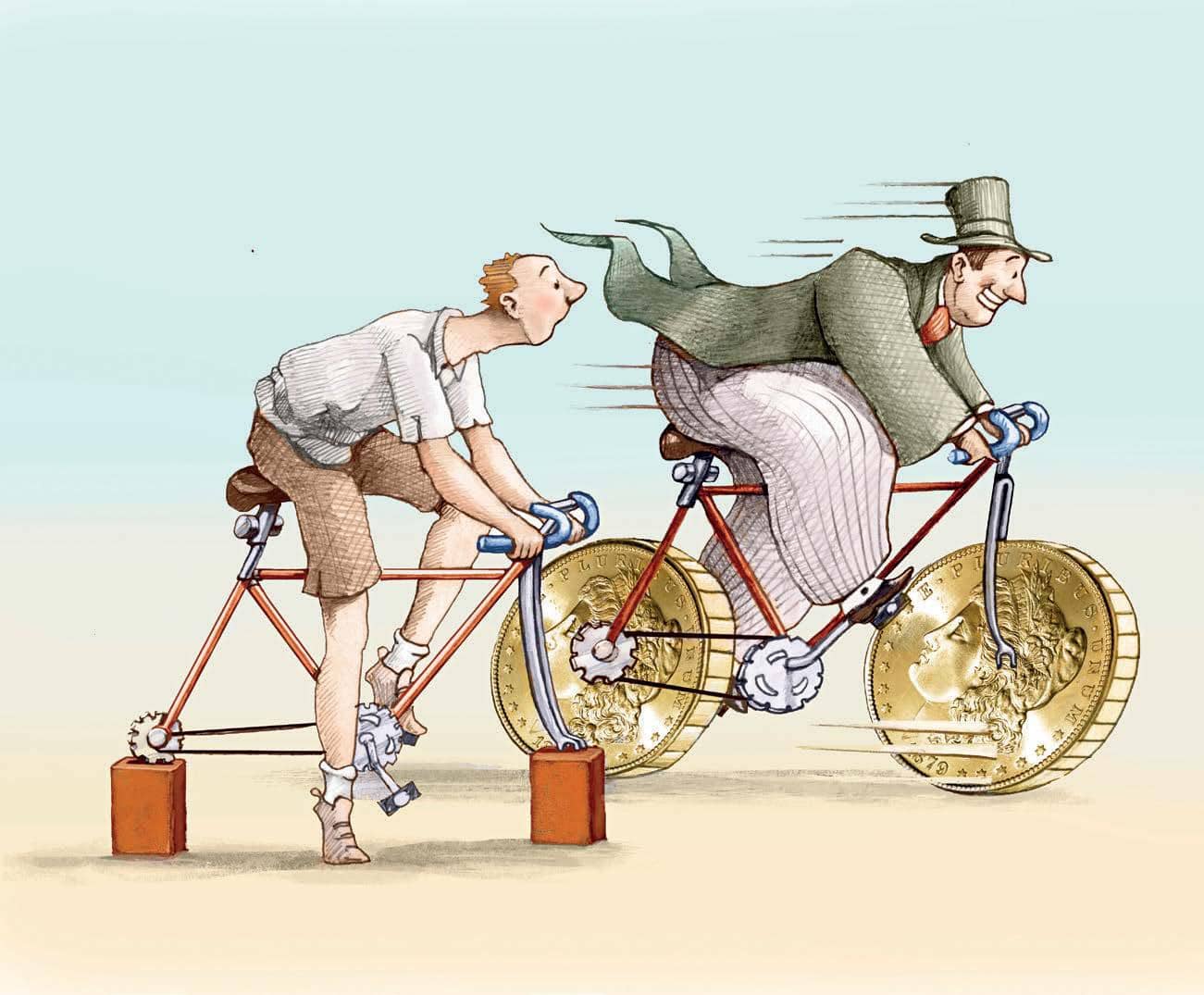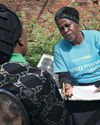
In India, we have tried different things at the policy level to alleviate poverty. What do you think has worked and what is a sustainable approach to poverty alleviation?
To put this question in context, let’s remember that there has been tremendous progress against poverty in India. This progress started slowly in the 1980s, accelerated in the ’90s and has continued ever since. The approach that has been most effective against extreme poverty is the one we illustrate in the ‘Below Poverty Line’ chapter of the children’s book, Poor Economics for Kids. This is the ‘Graduation Approach’ originally developed in Bangladesh, but now implemented in India, particularly in Bihar, with 2,00,000 families already benefiting. It identifies the absolute poorest persons in a village and gives them a productive asset and support for two years. It has really helped people graduate out of extreme poverty. The approach is sustainable, not in the financial sense but in that the benefits far outweigh the costs.
What are the most critical factors that contribute to the long-term success of poverty alleviation programmes?
There are two things: One is to trust the poor. That is what we are learning from these programmes, whose impact has been very positive. The second is the quality of implementation. If you have fantastic ideas and they are not implemented well, you will be wasting resources.
この記事は Reader's Digest India の July 2024 版に掲載されています。
7 日間の Magzter GOLD 無料トライアルを開始して、何千もの厳選されたプレミアム ストーリー、9,000 以上の雑誌や新聞にアクセスしてください。
すでに購読者です ? サインイン
この記事は Reader's Digest India の July 2024 版に掲載されています。
7 日間の Magzter GOLD 無料トライアルを開始して、何千もの厳選されたプレミアム ストーリー、9,000 以上の雑誌や新聞にアクセスしてください。
すでに購読者です? サインイン

Demonstrators by Krishna Reddy
1968 Multicolour viscosity, Print on paper

Notes from Grief Camp
Every summer, more than a hundred children come together to spend a weekend swimming, climbing and canoeing. They also learn to deal with death

Six Places Cheese Lovers Should Visit
Ancient caves, monasteries, and other must-sees for fromage fans

THE LAND OF SUPERCEN TENARIANS
A remote region of Azerbaijan claims to have many extremely long-lived residents. What is their secret, or is it just a myth?

The Whistle Blowers
My grandparents had a distinctive way of communicating

"THE NEXT AIRCRAFT WILL CRASH ON LANDING"
THE JET WAS ALMOST OUT OF FUEL. THE PILOTS' ONLY OPTION WAS A MANOEUVRE NO ONE HAD EVER ATTEMPTED.

The Secrets in our Genes
Genomic sequencing tests can reveal much about your unique physiology. But are they worth it?

GOOD NEWS FROM AROUND THE WORLD
MENTAL HEALTH When her son was arrested last year, Tambudzai Tembo's mind went to dark thoughts of suicide.

Into the Inferno
A gas station owner has seconds to react when a car crashes into a gas pump

THE CLIMATE CHANGERS
THESE PLACES ARE LEADING THE WAY TO A FUTURE FREE OF FOSSIL FUELS